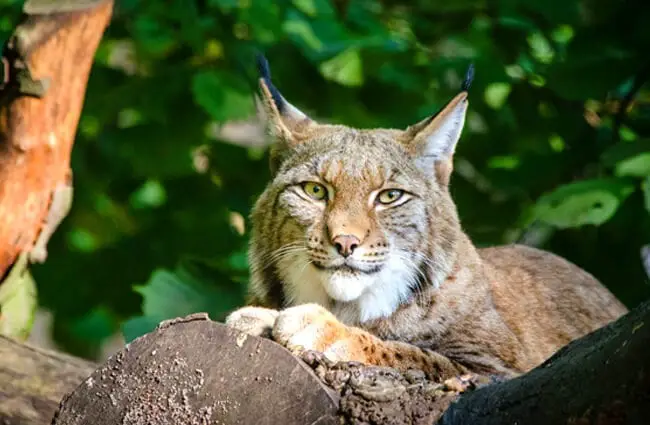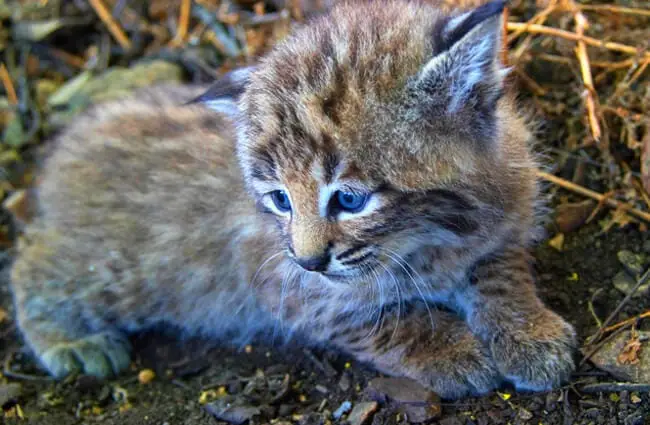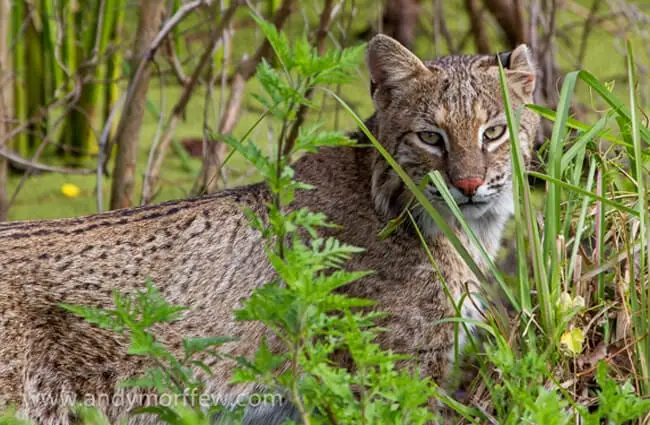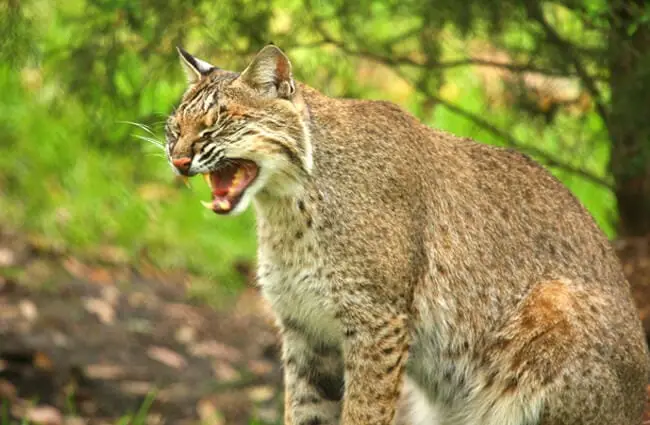The bobcat, a creature of striking beauty and adaptable nature, holds a fascinating place in the North American wilderness. Often elusive, yet increasingly visible, understanding this wildcat requires delving into its history, behavior, and ecological role. This comprehensive guide explores all facets of the bobcat, from its evolutionary origins to its interactions with humans, offering insights for researchers, wildlife enthusiasts, and anyone curious about this remarkable animal.

A Portrait of the Bobcat
The bobcat, Lynx rufus, is a medium sized wildcat characterized by its spotted coat, short tail (hence the name), and tufted ears. Adults typically weigh between 13 and 40 pounds and stand about 24 inches tall at the shoulder. Their coat color varies from yellowish brown to reddish brown, adorned with dark spots or streaks. This camouflage aids them in blending seamlessly into their environment.
Physical Characteristics & Adaptations
Beyond its distinctive coat, the bobcat possesses several key adaptations for survival. Its large paws act like snowshoes, distributing weight effectively for traversing various terrains. Retractable claws provide both grip and stealth. Keen eyesight and hearing enhance hunting success, especially in low light conditions. Perhaps most impressively, bobcats exhibit a remarkable degree of agility, capable of leaping several feet into the air to catch prey or navigate challenging landscapes.
Habitat and Distribution
Bobcats are incredibly adaptable, inhabiting a wide range of environments. From swamps and forests to deserts and semi arid landscapes, they thrive in diverse ecosystems throughout North America. Historically found primarily in forested areas, bobcat populations have expanded northward as forests have regenerated, and westward as suitable habitats have opened up. They are present in most of the contiguous United States, southern Canada, and parts of Mexico.

Finding Bobcats in the Wild
For those hoping to spot a bobcat, understanding its preferred habitat is crucial. Look for areas with dense undergrowth, rocky outcroppings, or fallen logs, providing cover for stalking prey. Early morning or dusk are peak activity times. Tracks, scat, and scratch marks on trees are telltale signs of bobcat presence. Be patient and observant, and maintain a respectful distance if you encounter one.
Evolutionary History
The evolutionary story of the bobcat traces back to the broader Lynx genus, which originated in North America. Fossil evidence suggests that the ancestors of modern bobcats emerged during the Pleistocene epoch, roughly 1.8 million years ago. Over time, these early lynx evolved into distinct species, adapting to specific ecological niches. The bobcat, as a more generalist species, demonstrated greater adaptability and expanded its range more effectively than some of its close relatives. Genetic studies continue to refine our understanding of bobcat’s evolutionary relationships.
Diet and Hunting Strategies
As opportunistic predators, bobcats exhibit a varied diet. Their primary prey includes rabbits, hares, rodents, and birds. However, they will also consume larger animals such as deer, especially during harsh winter months. They employ a combination of stalking and ambush techniques, relying on their camouflage and agility to approach prey undetected. They often cache excess food, covering it with leaves or soil to protect it from scavengers.

Reproduction and Life Cycle
Bobcats typically mate in late winter or early spring. Gestation lasts approximately 50-70 days, resulting in a litter of one to six kittens. Kittens are born blind and helpless, relying entirely on their mother for care. They begin to explore their surroundings at several weeks old and learn essential hunting skills by observing and mimicking their mother. Young bobcats typically become independent at around six to twelve months of age, dispersing to establish their own territories.
Ecological Role and Interactions
As mid level predators, bobcats help regulate populations of small mammals, birds, and other prey, preventing overgrazing in some ecosystems and contributing to biodiversity. They also play a role in seed dispersal through their diet. Bobcats interact with other predators, such as coyotes and foxes, often competing for resources. They are occasionally prey for larger carnivores, such as mountain lions and wolves, though this is less common.

Bobcats and Humans
Historically, bobcats were hunted for their fur, leading to population declines in some areas. Today, regulated hunting and trapping still occur, but bobcat populations are generally stable across much of their range. Habitat loss and fragmentation remain significant threats. Increasing human encroachment into bobcat habitat can lead to conflicts, such as livestock depredation.
Encountering a Bobcat
If you encounter a bobcat in the wild, it is crucial to remain calm and avoid direct eye contact. Slowly back away, giving the animal plenty of space. Never approach or attempt to feed a bobcat. If a bobcat appears aggressive or exhibits unusual behavior, report it to your local wildlife agency.
Bobcats in Captivity
Bobcats are occasionally housed in zoos and wildlife sanctuaries. Providing appropriate care requires a spacious enclosure that mimics their natural habitat, including ample vegetation, climbing structures, and secluded areas for resting. A varied diet consisting of whole prey items is essential for maintaining their physical and behavioral health. Enrichment activities, such as puzzle feeders and scent marking opportunities, are crucial for preventing boredom and promoting natural behaviors.
Interesting Bobcat Facts
- Bobcats can make a wide range of vocalizations, including growls, hisses, purrs, and screams.
- They are excellent swimmers and can readily cross streams and rivers.
- Bobcats are primarily nocturnal, but they can also be active during the day, especially during the breeding season.
- Their scientific name, Lynx rufus, refers to their reddish brown coat color.
- Bobcats are known for their distinctive spotted coat, which provides excellent camouflage.

The Future of Bobcats
Ensuring the long term survival of bobcats requires a multifaceted approach. Habitat conservation and restoration are paramount. Responsible hunting and trapping regulations are essential. Education and outreach programs can help foster coexistence between humans and bobcats. By understanding and appreciating these remarkable wildcats, we can contribute to their continued success in the North American wilderness.



![Red Angus Closeup of a beautiful Red Angus cowPhoto by: U.S. Department of Agriculture [pubic domain]https://creativecommons.org/licenses/by/2.0/](https://animals.net/wp-content/uploads/2020/03/Red-Angus-4-238x178.jpg)




![Red Angus Closeup of a beautiful Red Angus cowPhoto by: U.S. Department of Agriculture [pubic domain]https://creativecommons.org/licenses/by/2.0/](https://animals.net/wp-content/uploads/2020/03/Red-Angus-4-100x75.jpg)

